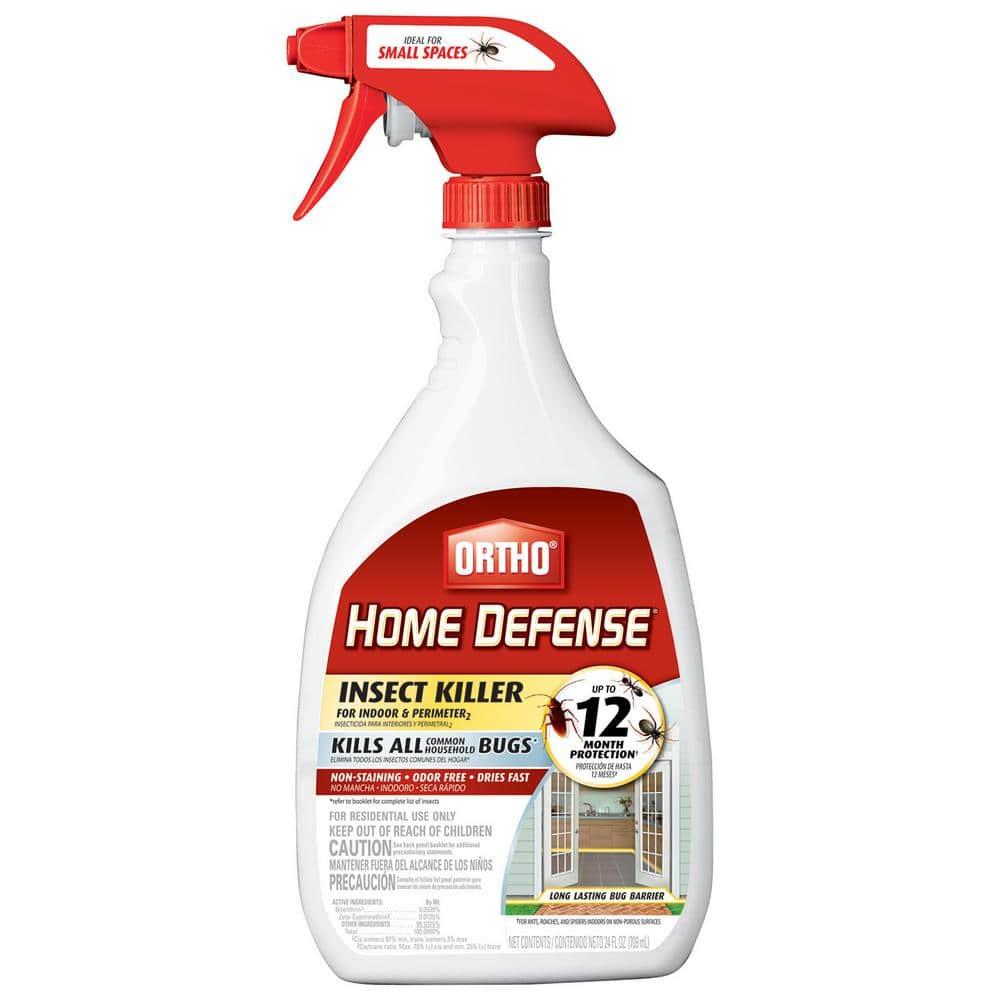Table of Contents
- Debate Over Public Safety and Accessibility of Defensive Sprays
- Legal Challenges and Regulatory Considerations in Home Delivery
- Impact on Crime Prevention Strategies and Community Security
- Policy Recommendations for Balancing Convenience and Safety
- Insights and Conclusions
Debate Over Public Safety and Accessibility of Defensive Sprays
As the conversation heats up around the home delivery of defensive sprays, public safety advocates and civil liberties groups remain deeply divided. Proponents argue that easy access to personal protection products empowers individuals, especially vulnerable populations, to safeguard themselves against rising crime rates. They emphasize that regulated delivery systems can ensure responsible distribution without compromising security, highlighting that defensive sprays serve as a non-lethal alternative to firearms. This perspective prioritizes immediate accessibility, particularly in urban areas where physical store locations may be scarce or pose safety concerns themselves.
Conversely, critics caution against the potential risks associated with making such sprays widely and rapidly available through delivery services. Concerns center on misuse, accidental exposure, and the challenge of verifying the buyer’s eligibility in real time. Law enforcement officials warn that increased ease of access could inadvertently lead to escalated conflicts or misuse in domestic situations. To address these issues, some suggest implementing stricter age verification and licensing requirements alongside delivery protocols. Below are key points raised by both sides:
- Supporters emphasize: Enhanced safety for citizens, convenience, and empowerment.
- Opponents highlight: Risks of misuse, insufficient oversight, and potential for accidental harm.
- Common ground proposals: Stricter controls, mandatory safety training, and secure packaging.
Legal Challenges and Regulatory Considerations in Home Delivery
As the conversation around home delivery of defensive sprays heats up, legal frameworks are being scrutinized for adequacy and enforcement capabilities. Various jurisdictions grapple with balancing public safety and personal security rights, making regulatory alignment a complex task. Key concerns revolve around verification of buyer eligibility, ensuring that only authorized individuals can obtain these sprays, and the potential misuse or accidental discharge during transport. Authorities also face challenges in tracking deliveries to prevent diversion into illicit channels, raising questions about the sufficiency of current postal and courier regulations to address these risks.
Regulators and lawmakers are actively debating a spectrum of policy options, including:
- Mandatory background checks integrated into the delivery process
- Licensing requirements for retailers offering home delivery services
- Packaging and labeling standards tailored to defensive sprays to minimize accidental harm
- Real-time tracking systems to monitor the supply chain and delivery endpoints
Industry stakeholders emphasize the need for clear and consistent guidelines to foster responsible distribution while mitigating unintended consequences. Meanwhile, privacy advocates warn against overly intrusive measures that could infringe on consumer rights. This regulatory tug-of-war suggests that any future legislation must carefully weigh competing interests to navigate the complex legal landscape surrounding home delivery of defensive sprays.
Impact on Crime Prevention Strategies and Community Security
The proposal to allow home delivery of defensive sprays has stirred significant debate among law enforcement officials and community leaders, as it challenges traditional crime prevention frameworks. Some experts warn that easier access to such sprays could inadvertently escalate street violence or be misused, potentially complicating policing efforts. Meanwhile, proponents argue that increased availability empowers residents to protect themselves in vulnerable moments, enhancing overall public safety. This shift could prompt law enforcement agencies to adapt their strategies, emphasizing education on proper use and responsible possession, alongside traditional deterrence methods.
Communities may experience varied effects based on demographic and socio-economic factors, leading to a complex security landscape. Key considerations include:
- Training and Awareness: Ensuring recipients of defensive sprays understand legal and safe deployment.
- Regulatory Oversight: Implementing strict guidelines for delivery services to verify purchaser eligibility.
- Collaboration: Strengthening partnerships between local authorities and community groups to monitor impacts.
Ultimately, the debate underscores a critical balance between enhancing individual security and maintaining communal order, with any policy shifts requiring careful, data-driven evaluation to safeguard neighborhoods effectively.
Policy Recommendations for Balancing Convenience and Safety
To effectively address concerns surrounding the home delivery of defensive sprays, policymakers must strike a delicate balance between accessibility and stringent oversight. Implementing mandatory identity verification and age restrictions during the purchase process could ensure that only eligible individuals obtain these products. Additionally, establishing a centralized database to track sales may deter misuse while aiding law enforcement in monitoring suspicious activity. Such measures would maintain public safety without unduly limiting access for legitimate users seeking personal protection.
Moreover, enhancing public awareness through educational campaigns about responsible ownership and safe handling is crucial. Retailers and delivery services should also be held accountable for adhering to strict packaging and shipping protocols to prevent accidental exposure or theft. By combining regulatory frameworks with community engagement and corporate responsibility, governments can foster a safer environment while respecting the convenience offered by modern e-commerce platforms.
- Mandatory age and ID checks at point of sale and delivery
- Centralized registry for tracking defensive spray purchases
- Public education initiatives on safe usage
- Strict shipping standards for packaging and handling
- Retailer and courier accountability in compliance
Insights and Conclusions
As the debate over permitting home delivery of defensive sprays continues to unfold, policymakers and stakeholders remain divided on the balance between accessibility and safety. While advocates emphasize the potential for enhanced personal security, opponents caution against the risks of misuse and regulatory challenges. With discussions ongoing, the resolution of this contentious issue will likely depend on rigorous legislative scrutiny and comprehensive public dialogue in the months ahead.Check Our Other Blogs
- StunGun – Your Trusted Source for Stun Guns, Laws, and Self-Defense Tips
- PepperSprayLaws – Your Trusted Resource for Pepper Spray Information
- StunGunLaws – Your Trusted Guide to Stun Gun Legality and Safety




